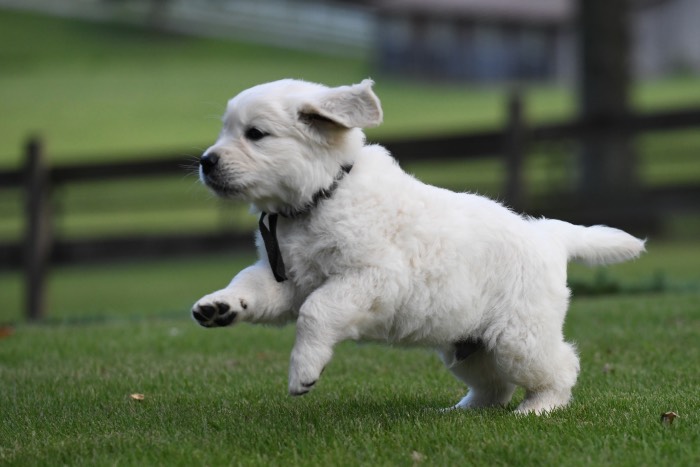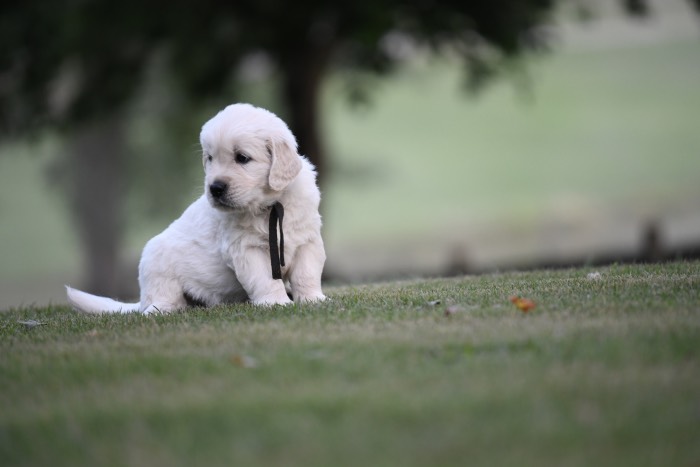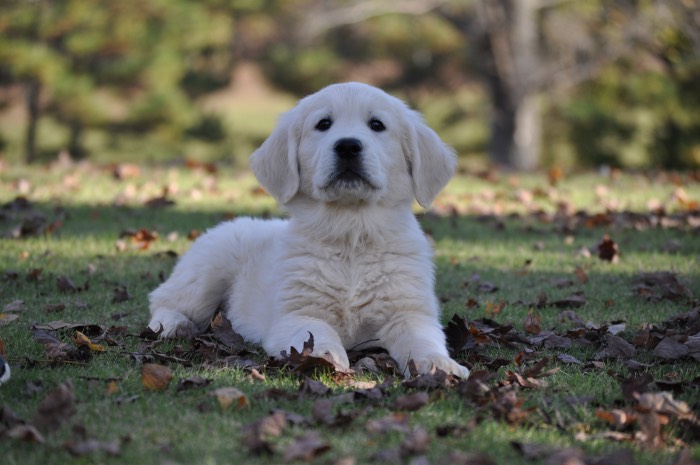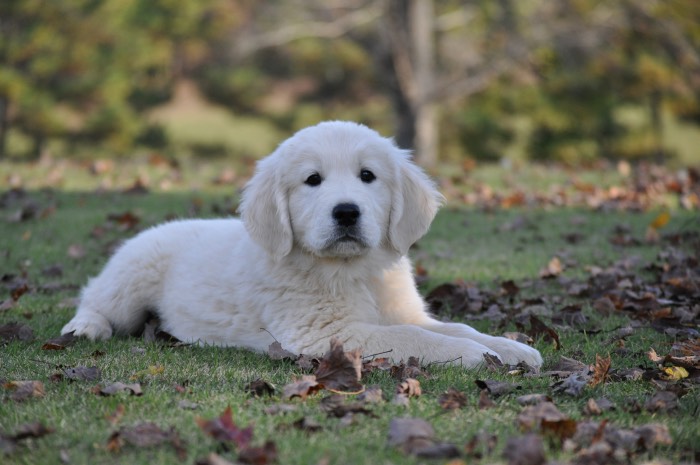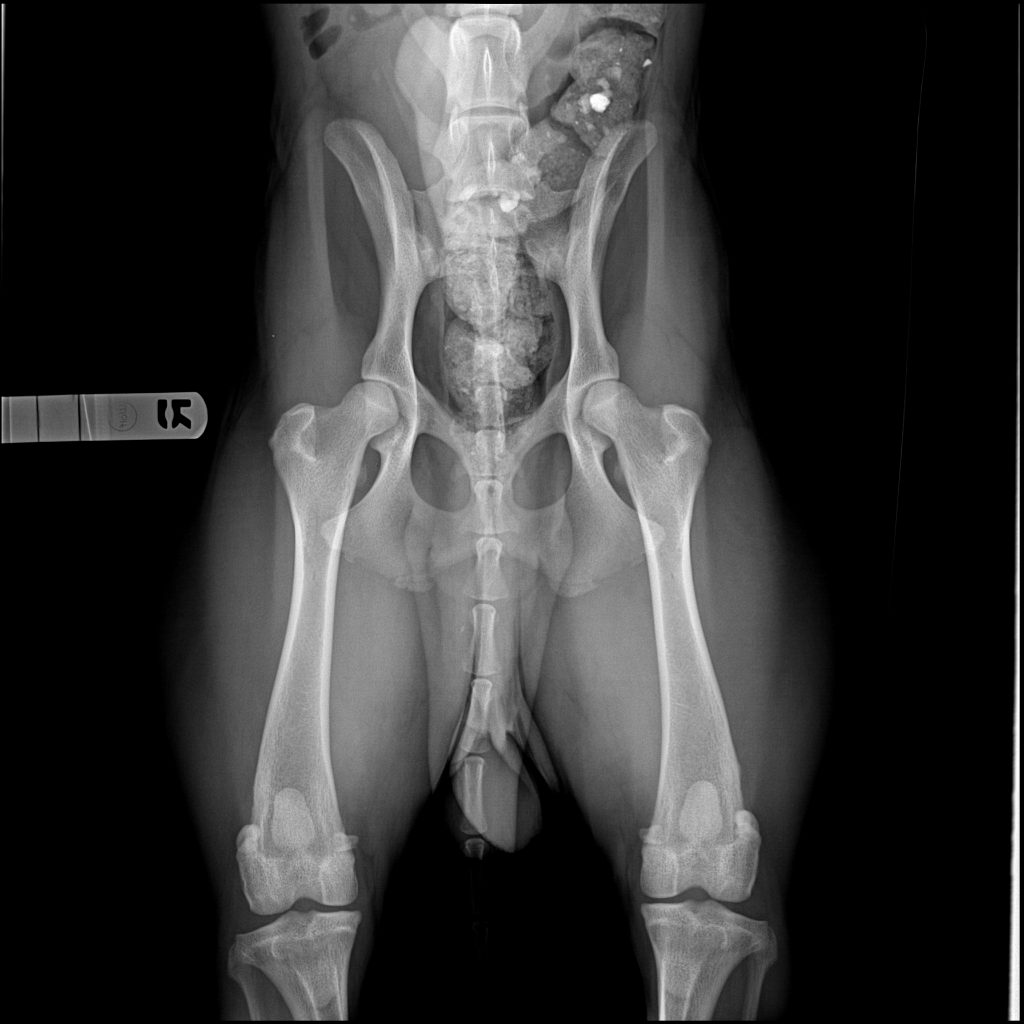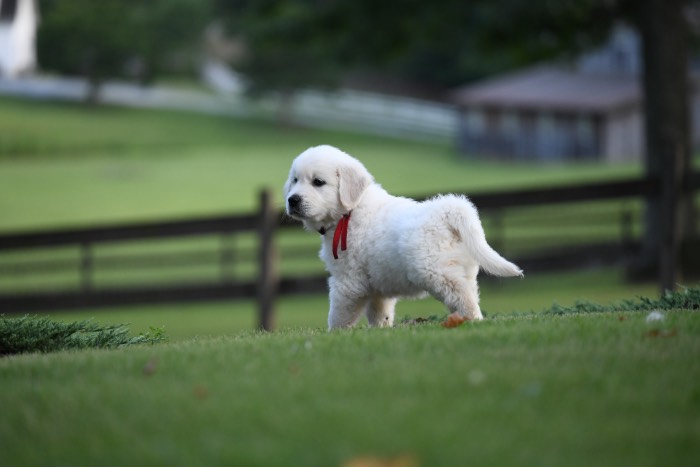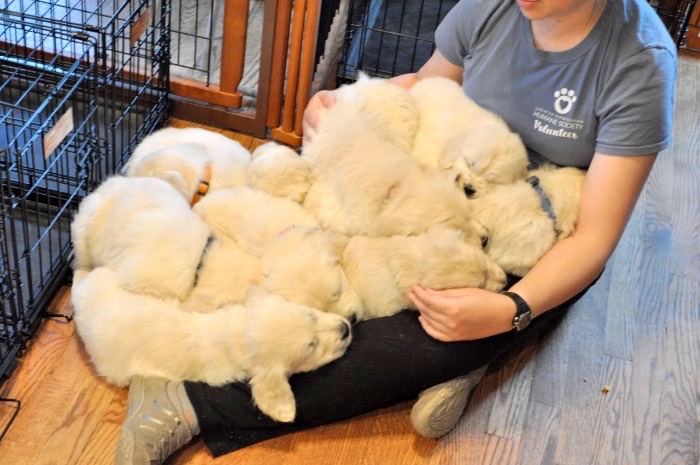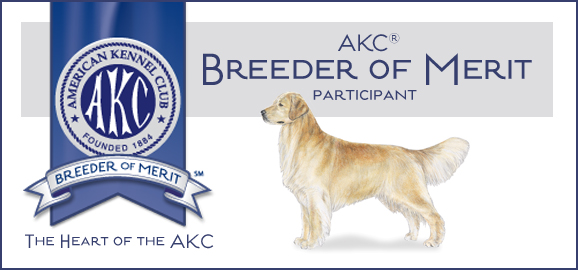We at Summer Brook believe that there are far more reasons not to use an invisible fence than there are benefits. We realize that there are some advantages for some people for an electric fence over a physical fence. These advantages might include cost and maintaining views. In addition, you can put them over a driveway without having to deal with a gate.
However, we feel that the disadvantages far outweigh any advantages.

Dogs Running Through Invisible Fence
First of all, we have known of many dogs that have run through invisible fences and then been hit by a car. These include a neighbor, a good friend, and friends of friends. Also, multiple families who have sent in puppy questionnaires have told us about their past dogs who died because of invisible fences.
Fence Batteries Can Unknowingly Run Down
Secondly, the safety feature of an invisible fence is too highly dependent on the consistency of families keeping batteries replaced. It happens far too often that batteries run down unbeknownst to owners. Without working batteries, the fence becomes useless and dogs begin roaming outside their boundaries.
Invisible Fences Do Not Keep Other Animals OUT of Your Yard
Thirdly, invisible fences do not keep other dogs and animals OUT of the yard. This can be a significant issue with with older puppies who haven’t been spayed or neutered as of yet. (For health reasons, families should not neuter or spay a dog until they are at least a year of age, preferable 1 1/2 years.) Further, this lack of ability to keep animals out can be a real problem for young puppies that haven’t had all vaccines. Even worse, there is the possibility of aggressive dogs or other animals entering a dog’s space.
A False Sense of Security
Fourthly, invisible fences are problematic because of the false sense of security that they give owners. Invisible fences are NOT always a secure place for a dog. Too many things can go wrong. There are some dogs that learn how to “work the system”. Some learn to sit at the edge until the battery (along with the beeping) wears off. Then they walk through. Some dogs run through them because it is worth taking the shock. Other dogs run through when in a high drive state chasing something. Then the dog is afraid to return to their yard.
You Cannot Train Young Puppies to an Invisible Fence
Fifthly, families cannot use invisible fences until a puppy or dog can be trained to it. Even the fence manufacturers do not recommend training a puppy to their fence system until they are 4-6 months of age. Further, back when punishment based training was the norm, all trainers recommended waiting until puppies were at least 6 months of age before starting training. The younger the puppy, the more damaging punishment based training can be. This fact presents an additional challenge in that families are left without a fence at the age that they most need one.
Punishment Based Training That We Don’t Agree With Is Required for the Use of an Invisible Fence
And finally, invisible fences are not acceptable to us at Summer Brook because they go against our training philosophy and our beliefs in the humane treatment of animals. We don’t use punishment based training ourselves. We are okay with punishments under certain conditions as long as they are given under our Punishment Guidelines. However, teaching a puppy the boundaries set by an invisible fence is strictly the type of punishment based training that we are opposed to.
There is a possibility that the training could cause a puppy to associate the shock with something other than crossing a particular line. It is not uncommon for dogs to end up with random irrational fears caused by something such as a shock from an invisible fence. An example of this might be when a man with hat comes close to an invisible fence and the dog tries to cross the line. When the collar delivers the shock, the dog could associate the shock with the man. He might then develop an irrational fear of men in hats. When you are initially training your puppy to the fence, the puppy does not understand why he is being shocked.
We Cannot In Good Conscience Place a Puppy Where He Will Use An Invisible Fence
Many people claim that their dogs have trained easily, never left the yard, and that their invisible fence has been a good experience. However, there are many families who’ve not had good experiences. There have been many dogs hurt by them and it is not worth the risk. We can not with a good conscience send one of our puppies to a home where they will be trained to an invisible fence.

